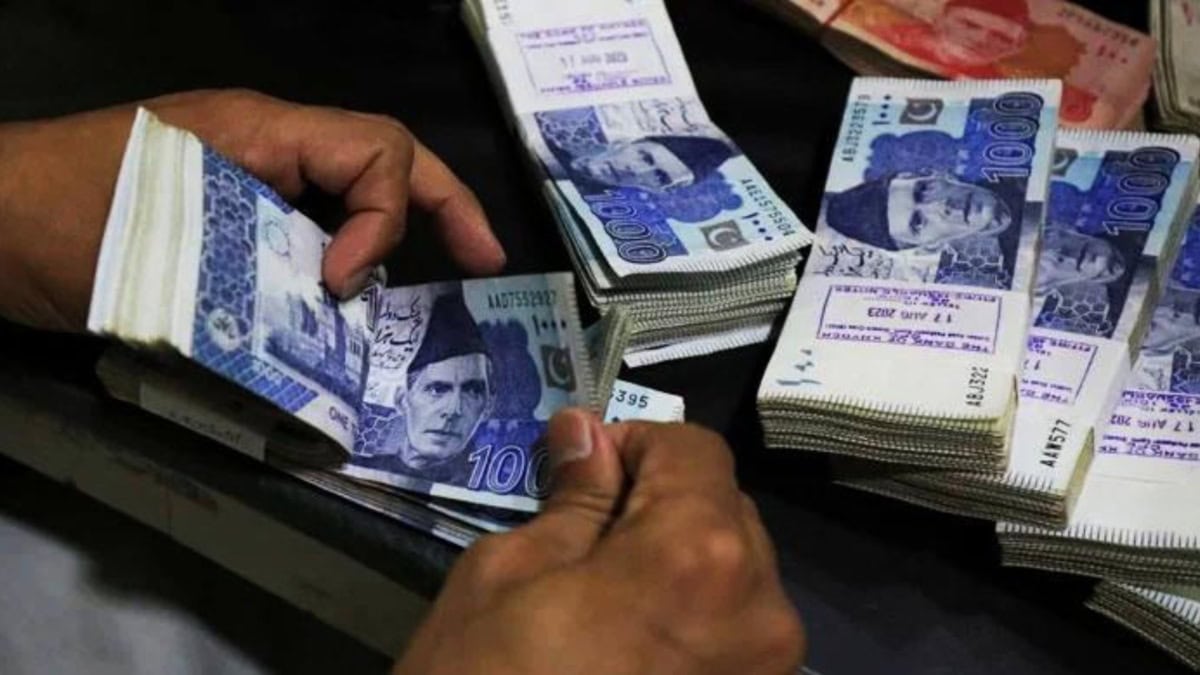
Pakistan entered the new fiscal year with signs of macroeconomic stability, as inflation slowed, the fiscal deficit narrowed, external inflows strengthened, and the stock market reached record highs, according to the Finance Division’s Monthly Economic Update & Outlook (August 2025).
The report showed consumer price index (CPI) inflation at 4.1% in July 2025, a sharp decline from 11.1% in July 2024. On a monthly basis, prices increased 2.9%, driven by adjustments in electricity tariffs and food prices. The Finance Division cautioned that recent tariff hikes, global commodity trends, and potential food supply disruptions from heavy rains and floods could add pressure in the months ahead.
For FY2025, the fiscal deficit narrowed to 5.4% of GDP, compared to 6.9% in FY2024. The primary balance recorded a surplus of Rs2719.4 billion (2.4% of GDP), the largest in 24 years, supported by higher revenues and controlled spending.
In July FY2026, Federal Board of Revenue (FBR) collections rose 14.8% year-on-year to Rs757.4 billion, reflecting growth in both domestic taxes and customs duties. The government said fiscal consolidation remains a key policy anchor to stabilize debt dynamics.
Exports, Remittances, and FDI Rise in July
Pakistan’s current account deficit stood at $254 million in July FY2026, with exports increasing 16.2% to $2.743 billion and workers’ remittances rising 7.4% to $3.214 billion. Net foreign direct investment (FDI) reached $208.1 million in the month.
The country’s foreign exchange reserves totaled $19.6 billion as of August 15, 2025, including $14.3 billion held by the State Bank of Pakistan. The report noted that steady inflows and improved current account management have supported exchange rate stability.
The State Bank of Pakistan maintained the policy rate at 11.0% in its July 30 meeting, citing contained inflation expectations. Meanwhile, the Pakistan Stock Exchange (PSX) surged to a record 150,591 points in August, with market capitalization rising sharply year-on-year, signaling improved investor confidence.
The real sector also showed momentum. Large-scale manufacturing (LSM) grew 4.1% year-on-year in June 2025, while automobile production surged in July, with cars up 49.0% and trucks and buses up 40.1%. Cement dispatches rose 30.1% to 3.997 million tonnes.
Agricultural Credit Grows but Flood Risks Loom
Agricultural credit disbursement increased 16.3% to Rs2577.3 billion in FY2025, reflecting policy support for the farm sector. However, the Finance Division warned that recent floods could impact crop output and create fiscal and price pressures.
The Finance Division said Pakistan has entered FY2026 with “strengthened fiscal discipline, moderating inflation, and improved external accounts,” noting that international rating agencies have revised Pakistan’s sovereign outlook upward in response.
However, it cautioned that commodity price volatility, tariff-driven costs, and climate-related disruptions remain significant risks to the outlook.
